Refine search
Actions for selected content:
3388126 results
Index
-
- Book:
- Kant: Critique of Pure Reason
- Published online:
- 12 September 2025
- Print publication:
- 06 November 2025, pp 736-748
-
- Chapter
- Export citation
The Book Unbound
- Material Cultures of Reading and Collecting, 1750–1850
- Coming soon
-
- Expected online publication date:
- November 2025
- Print publication:
- 30 November 2025
-
- Book
- Export citation

Clientelism
- Coming soon
-
- Expected online publication date:
- November 2025
- Print publication:
- 30 November 2025
-
- Element
- Export citation
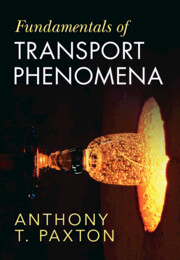
Fundamentals of Transport Phenomena
- Coming soon
-
- Expected online publication date:
- November 2025
- Print publication:
- 23 October 2025
-
- Book
- Export citation

Mathematical Methods in Data Science
- Bridging Theory and Applications with Python
- Coming soon
-
- Expected online publication date:
- November 2025
- Print publication:
- 30 October 2025
-
- Textbook
- Export citation

Gender, Theory, and History
- On the Knowledge and Politics of Bodies
- Coming soon
-
- Expected online publication date:
- November 2025
- Print publication:
- 31 December 2025
-
- Element
- Export citation

Discourse and Queer Sinophone Male Identities
- A Western Immigrant Perspective
- Coming soon
-
- Expected online publication date:
- November 2025
- Print publication:
- 31 December 2025
-
- Element
- Export citation

Debating Papal History, c. 250–c. 1300
- Responsive Government and the Medieval Papacy
- Coming soon
-
- Expected online publication date:
- November 2025
- Print publication:
- 20 November 2025
-
- Book
- Export citation

Nationalism and the Transformation of the State
- Border Change and Political Violence in the Modern World
- Coming soon
-
- Expected online publication date:
- November 2025
- Print publication:
- 23 October 2025
-
- Book
- Export citation
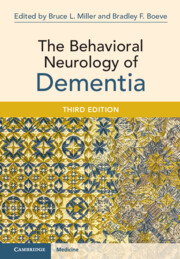
The Behavioral Neurology of Dementia
- Coming soon
-
- Expected online publication date:
- November 2025
- Print publication:
- 30 November 2025
-
- Book
- Export citation

Science Denial
- Post-Truth or Post-Trust?
- Coming soon
-
- Expected online publication date:
- November 2025
- Print publication:
- 30 November 2025
-
- Element
- Export citation
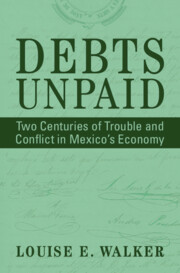
Debts Unpaid
- Two Centuries of Trouble and Conflict in Mexico's Economy
- Coming soon
-
- Expected online publication date:
- November 2025
- Print publication:
- 20 November 2025
-
- Book
- Export citation

Theory of Mind in Childhood
- Coming soon
-
- Expected online publication date:
- November 2025
- Print publication:
- 30 November 2025
-
- Element
- Export citation
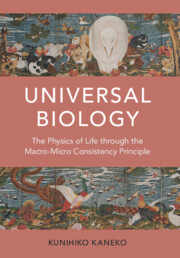
Universal Biology
- The Physics of Life through the Macro-Micro Consistency Principle
- Coming soon
-
- Expected online publication date:
- November 2025
- Print publication:
- 20 November 2025
-
- Book
- Export citation
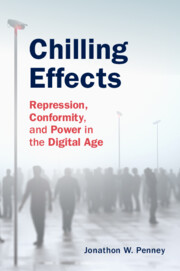
Chilling Effects
- Repression, Conformity, and Power in the Digital Age
- Coming soon
-
- Expected online publication date:
- November 2025
- Print publication:
- 20 November 2025
-
- Book
- Export citation

The Cambridge Companion to Late Medieval English Kingship
- Coming soon
-
- Expected online publication date:
- November 2025
- Print publication:
- 20 November 2025
-
- Book
- Export citation

Innovation versus Financialization in the US Pharmaceutical Industry
- Coming soon
-
- Expected online publication date:
- November 2025
- Print publication:
- 30 November 2025
-
- Element
- Export citation

East Asia and the Modern International Order
- From Imperialism to the Cold War
- Coming soon
-
- Expected online publication date:
- November 2025
- Print publication:
- 20 November 2025
-
- Book
- Export citation

The Harlem Renaissance Weekly
- Reading the New Negro Movement in 1920s Black Newspapers
- Coming soon
-
- Expected online publication date:
- November 2025
- Print publication:
- 20 November 2025
-
- Book
- Export citation

Direct Hit
- How Tesla Went Straight to Consumers and Smashed the Car Dealers' Monopoly
- Coming soon
-
- Expected online publication date:
- November 2025
- Print publication:
- 20 November 2025
-
- Book
- Export citation
